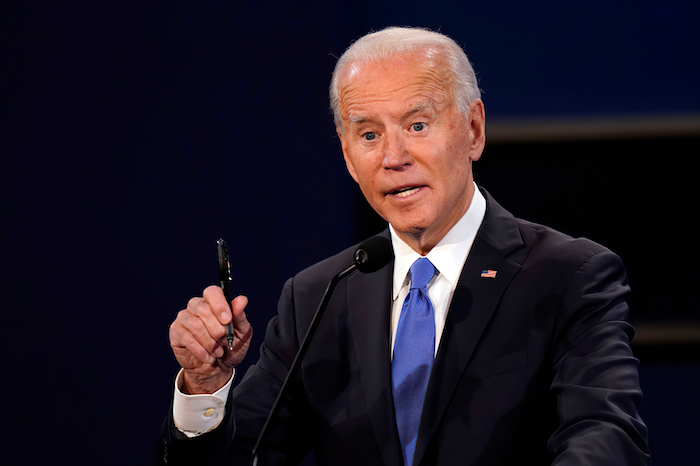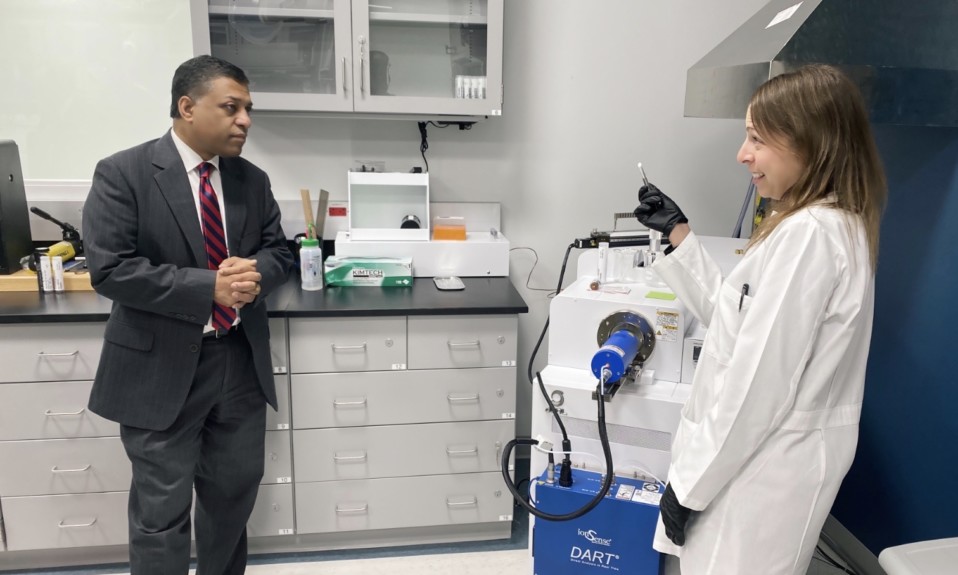The new Overdose Prevention Strategy is rooted in harm reduction and evidence-based treatment
By Jason Langendorf
President Joe Biden’s administration has unveiled an unprecedented approach to combating a drug overdose crisis that is claiming record numbers of American lives.
Backed by the White House, the U.S. Department of Health and Human Services (HHS) last week released its new Overdose Prevention Strategy, which features harm reduction and recovery support components that are considered controversial to some—but that have been proven effective in the treatment of people with addiction.
For decades, our government tried to stigmatize and punish people with addiction. … Stigma doesn’t save lives. … That’s why … we’re rolling out a strategy that’s different, that changes course and that gets people the help they need.”
—Xavier Becerra, secretary of the U.S. Department of Health and Human Services
The announcement arrived days after the release of the latest provisional data from the Centers for Disease Control and Prevention (CDC): a record 99,106 overdose deaths over the 12-month period ending in March 2021. That figure represents a 30.8% increase from the number of overdose deaths over the same period from a year ago.
“Our new strategy at the Department of Health and Human Services aims to prevent all overdoses,” HHS Secretary Xavier Becerra said last Wednesday in introducing the new federal strategy. “We want to address the full spectrum of drug use and addiction that can result in overdose, and perhaps death. Our strategy seeks to eliminate barriers and advance equity, and it reflects the administration’s commitment to putting the very individuals who have struggled with addiction in positions of power.”
A Look at the Plan
The pillars of the new federal overdose strategy, which won’t look unfamiliar to anyone in the addiction treatment community, are as follows:
- Primary prevention
- Evidence-based treatment
- Harm reduction
- Recovery support
The last two components, which Secretary Beccera called “novel and innovative at the federal policymaking level,” have failed to receive popular support in the past. Harm reduction, in particular, still elicits pushback from certain circles. Decades of the national War on Drugs conditioned the public to blame the person with addiction rather than the addiction itself, but the messaging from Biden’s administration makes it clear that the federal government’s official strategy is now more closely aligned with a contemporary approach to treatment.
“For decades, our government tried to stigmatize and punish people with addiction,” Secretary Beccera said. “Stigma doesn’t save lives. Stigma induces silence, secrecy, fear. That’s why today we’re rolling out a strategy that’s different, that changes course and that gets people the help they need.”
The administration recognizes that the epidemic has evolved, and illicitly manufactured opioids such as fentanyl are increasingly behind the growing number of overdose deaths, including an alarming rise in tablets that are designed to look like prescription medications.”
—Gerald E. Harmon, president of the American Medical Association
In her press briefing on Oct. 27, White House Press Secretary Jen Psaki highlighted the importance of a holistic approach that includes increasing access to medication-assisted treatment (MAT), strengthening recovery support services with appropriate funding, and expanding access to harm-reduction services.
“The administration recognizes that the epidemic has evolved, and illicitly manufactured opioids such as fentanyl are increasingly behind the growing number of overdose deaths, including an alarming rise in tablets that are designed to look like prescription medications,” Gerald E. Harmon, president of the American Medical Association, said in a statement following the announcement of the new strategy.
As part of his 2022 budget proposal, President Biden earmarked $11.2 billion for HHS (a 54% increase from the previous year’s enacted budget) to improve funding and expand access to addiction and treatment services, as well as to begin integrating them with a wider spectrum of health services. Additional funding has been proposed to shore up the nation’s behavioral health infrastructure.
“As physicians, we have an up-close view of the epidemic,” Harmon said. “We know there’s no magic bullet, and we need local and national policymakers to embrace a variety of approaches to help us heal our communities.”
Photo: Shutterstock














